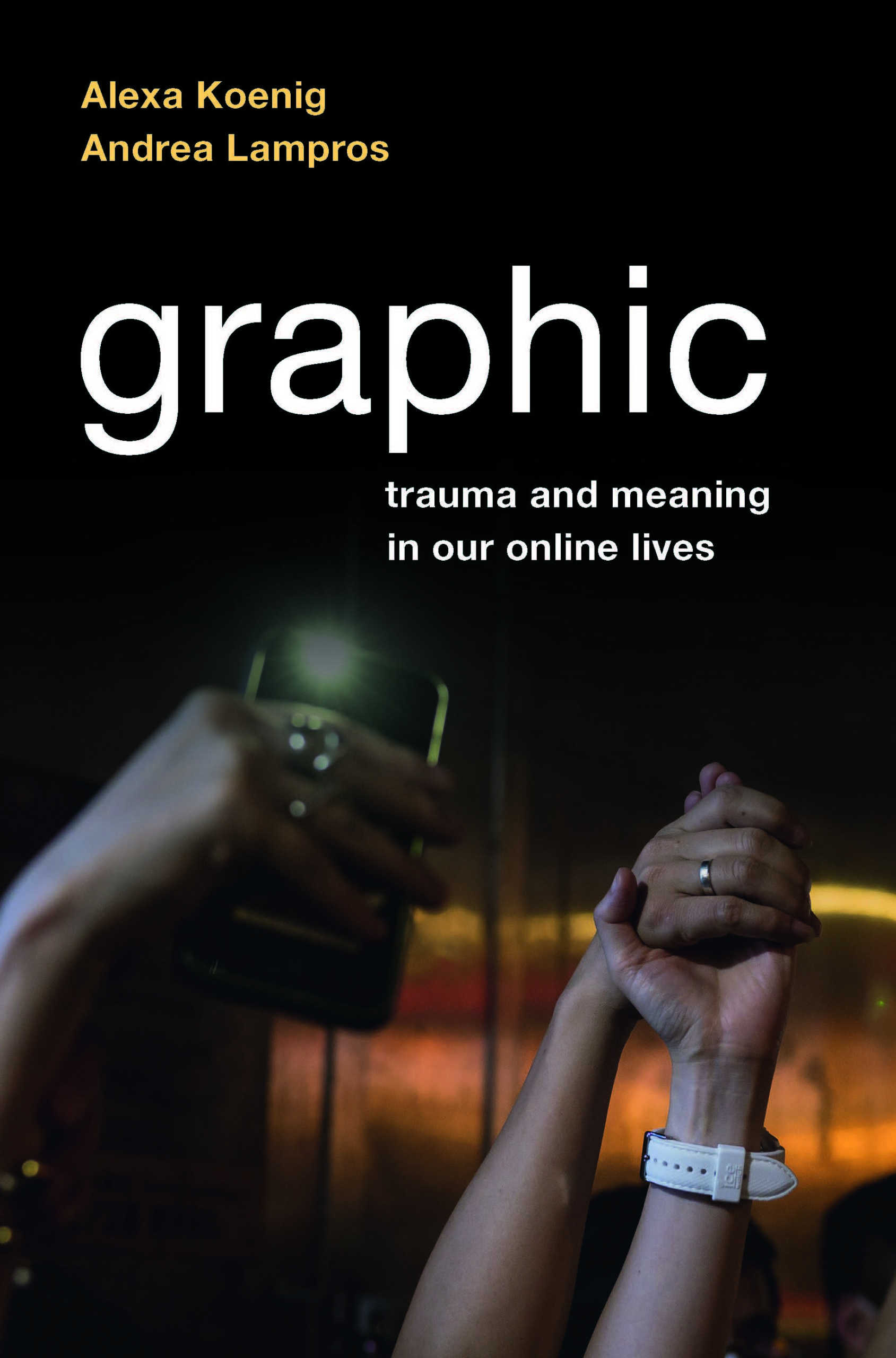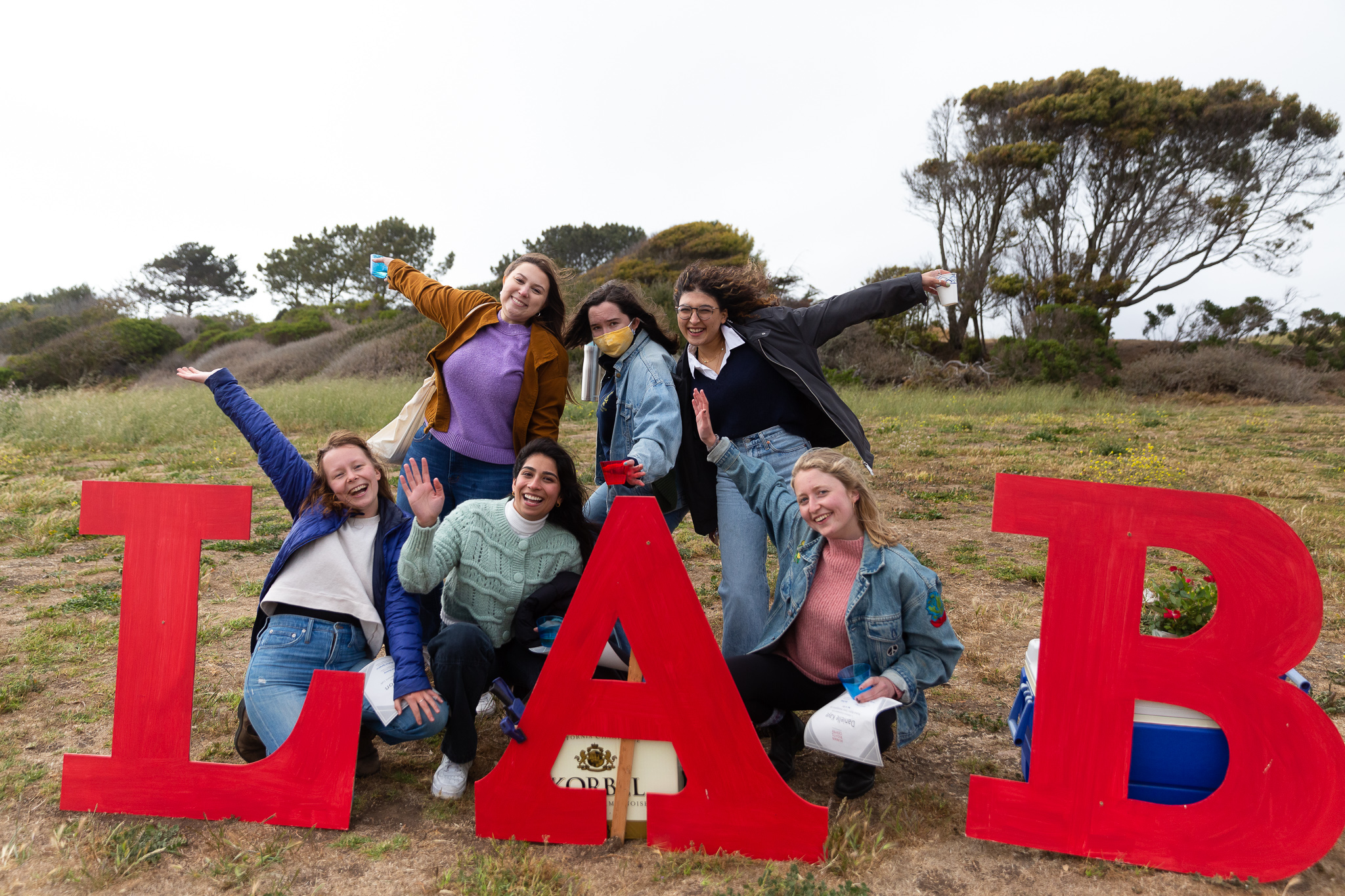Graphic: Trauma and Meaning in our Online Lives
Download ReportSummary
None of us are strangers to graphic content. Millions of people have the shared experience of watching a police officer press his knee into George Floyd’s neck as he died over an excruciating period of 8 minutes and 46 seconds. Today, almost anyone can upload and disseminate newsworthy content online, which has radically transformed our information ecosystem. Yet this often leaves us exposed to content produced without ethical or professional guidelines. In Graphic, Alexa Koenig and Andrea Lampros examine this dynamic and share best practices for safely navigating our digital world. Drawing on the latest social science research, original interviews, and their experiences running the world’s first university-based digital investigations lab, Koenig and Lampros provide practical tips for maximizing the benefits and minimizing the harms of being online. In the wake of the global pandemic, they ask: How are people processing graphic news as they spend more time online? What practices can newsrooms, social media companies, and social justice organizations put in place to protect their employees from vicarious trauma and other harms? Timely and urgent, Graphic helps us navigate the unprecedented psychological implications of the digital age.



